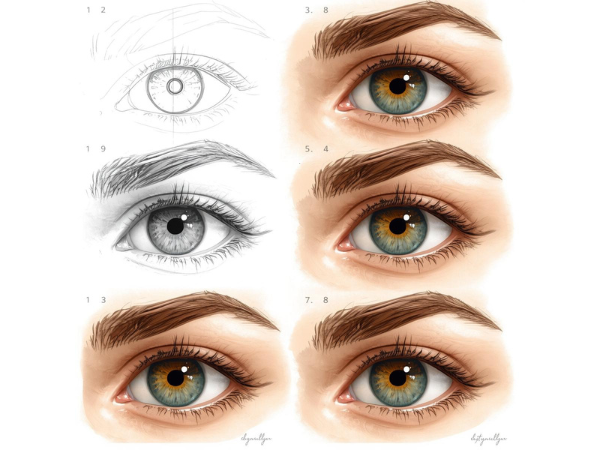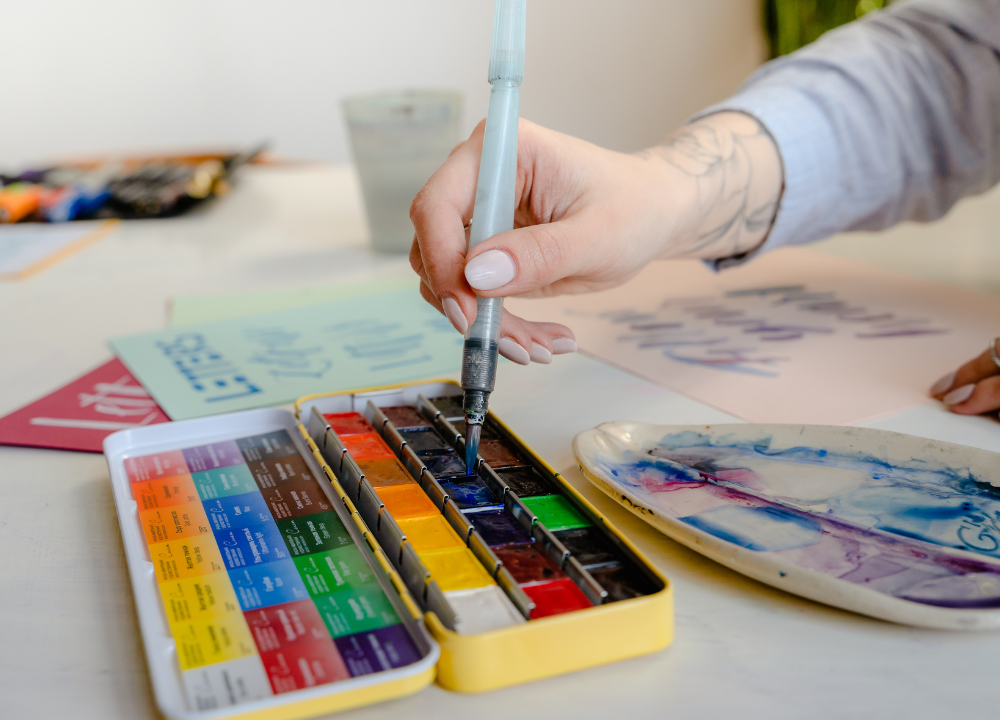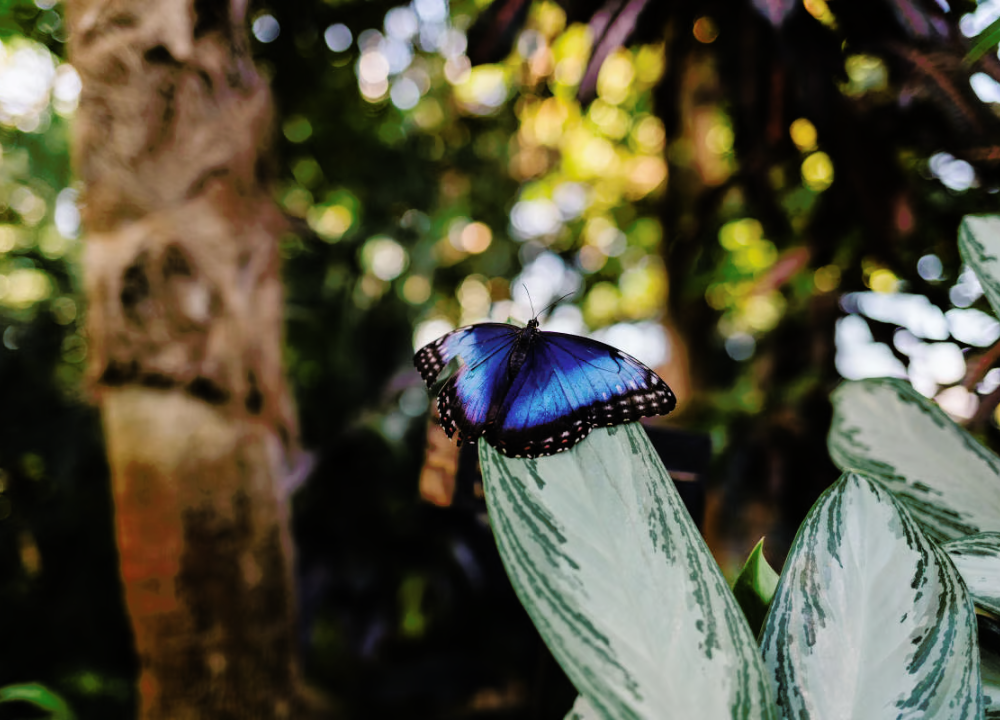Art is often seen as a way to express thoughts and feelings. Yet, many people hold a narrow view of what art should be.
This limited perspective can stifle creativity and restrict true expression. The impoverished idea of art can shape how we see the world. It defines what is considered valuable or worthy. This mindset can lead to missed opportunities for unique voices and diverse ideas.
Many artists feel pressured to conform to traditional standards. They may fear rejection if their work does not fit a certain mold. This can create a cycle where only a few styles are celebrated. As a result, creativity suffers. It is important to explore how this limited view impacts artists and society. By understanding these constraints, we can encourage a richer, more inclusive approach to art.
The Concept Of Impoverished Art
The concept of impoverished art refers to a narrow view of what art can be. This viewpoint restricts creativity and limits personal expression. Many people believe art must fit into certain styles or themes. This idea can stifle innovation and discourage artists from exploring their true potential. It creates a barrier that separates artists from their authentic voices. Understanding this concept is essential to fostering a more inclusive and vibrant artistic community.
Defining Impoverished Art
Impoverished art describes art that lacks depth, originality, and emotional resonance. It often results from rigid standards that dictate what is considered “acceptable” or “worthy.” This definition can include:
- Art that follows trends without personal input.
- Works created solely for commercial gain.
- Art that avoids complex themes or emotions.
Impoverished art limits the artist’s ability to express their thoughts and feelings. It creates an environment where the audience receives a diluted version of creativity. The effects of this limitation can be seen in various forms:
| Effect | Description |
|---|---|
| Reduced Innovation | Artists feel pressured to conform, stifling new ideas. |
| Emotional Disconnect | Art lacks the emotional depth that connects with audiences. |
| Commercial Focus | Art becomes a product rather than a means of expression. |
Breaking free from these constraints can lead to richer and more meaningful art. Artists thrive in environments that encourage exploration and personal expression.
Historical Context
The history of art shows a constant struggle between innovation and tradition. Many art movements began as reactions against impoverished ideas. For instance:
- The Impressionists challenged realism, focusing on light and emotion.
- The Surrealists explored dreams and subconscious thoughts, defying norms.
- Abstract art moved away from representation, emphasizing individual interpretation.
Each of these movements fought against limitations imposed by society. Artists sought freedom to express their views without restriction. This journey continues today. Modern artists face pressures from:
- Social media trends.
- Commercial demands.
- Art institutions enforcing traditional standards.
Understanding this context highlights the importance of supporting diverse artistic expressions. Embracing various forms of art can lead to a richer cultural landscape. It allows artists to connect more deeply with their audiences. Art thrives when it is free from impoverished constraints.
Cultural Impacts
The impoverished idea of art restricts how we see creativity and expression. This idea shapes culture and society. It suggests that art is only for a select few. This limits our understanding of what art can be. The impact of this belief touches all aspects of culture. It affects how people perceive art and how it is taught in schools. Understanding these cultural impacts is essential for fostering true creativity.
Societal Perceptions
Societal perceptions of art influence what people create and appreciate. When art is seen as exclusive, many feel excluded. This creates a divide in communities. People often think art should only look a certain way. This limits diversity in artistic expression. Here are key points about societal perceptions:
- Art is often viewed as highbrow or elitist.
- Many believe that only trained artists can create meaningful work.
- Popular culture sometimes undervalues certain art forms.
- Community art projects are often overlooked.
These perceptions can lead to a narrow view of what art is. Many people may not engage with art at all. This is a loss for society. We miss out on unique voices and ideas. A more inclusive view can encourage participation. It can open doors to different forms of expression.
To understand these perceptions better, consider the following table:
| Perception | Impact |
|---|---|
| Art is for the elite | Excludes many from participating |
| Art requires formal education | Limits who can create art |
| Cultural art forms are undervalued | Reduces support for diverse expressions |
Art In Education
Art education plays a crucial role in shaping perceptions. Schools often focus on traditional forms of art. This can limit students’ creativity. Many students feel they must follow strict guidelines. This discourages personal expression. Here are some key aspects of art in education:
- Curricula often emphasize classic techniques.
- Students may not explore modern or local art.
- Creativity is sometimes seen as less important than technique.
- Resources for diverse art forms may be limited.
Such an approach can stifle creativity. Students might feel they cannot pursue their interests. Schools should encourage exploration and expression. A diverse art program can foster creativity.
Consider these benefits of an inclusive art education:
- Encourages self-expression.
- Builds confidence in creativity.
- Promotes appreciation for different cultures.
- Develops critical thinking skills.
Changing how we teach art can open minds. It can help students see their potential. A broader understanding of art leads to richer experiences.

Economic Constraints
The Impoverished Idea of Art often ties itself to economic constraints. These constraints can severely limit creativity and expression. Artists face challenges like lack of funding and resources. This situation can create barriers that stifle innovative ideas. The financial aspect shapes what art can be created and shared. Understanding these economic factors is crucial for appreciating the true potential of art.
Funding And Resources
Funding plays a vital role in the art world. Without financial support, artists struggle to bring their visions to life. Many rely on grants, sponsorships, or personal savings. However, these options are often limited.
Here are some key points about funding:
- Grants can be competitive and hard to obtain.
- Many artists do not have access to private investors.
- Public funding for the arts is often reduced during budget cuts.
Resources such as materials and studio space are equally important. Without proper tools, creativity suffers. Artists may have to compromise on quality or vision due to lack of resources.
Consider this table showing common funding sources:
| Funding Source | Pros | Cons |
|---|---|---|
| Grants | Non-repayable, encourages creativity | Highly competitive |
| Sponsorships | Can provide significant support | May require artistic compromise |
| Personal Savings | Complete creative freedom | Financial risk |
Market Influences
The market heavily influences what art gets produced. Demand often drives the creation of art. If something is not popular, it may not get funded. This reality can pressure artists to conform to trends.
Market trends can dictate artistic choices:
- Artists may create work that sells well.
- Innovative ideas may be ignored if they lack commercial appeal.
- Art fairs and galleries prioritize profit over creativity.
Additionally, the prices of art can fluctuate based on market conditions. Artists may feel compelled to follow popular styles. This situation limits their unique expressions. The art market should nurture diverse talents instead of restricting them.
Creative Limitations
The impoverished idea of art often restricts creativity and expression. Many artists feel pressured to fit into certain styles or norms. This leads to creative limitations. These restrictions can stifle innovation and personal voice. Artists may struggle to express their true selves. This post explores two main areas of creative limitations: conformity in expression and fear of experimentation.
Conformity In Expression
Conformity is a major barrier in artistic expression. Many artists feel the need to follow trends. They may believe that success depends on fitting in.
Here are some common reasons for conformity:
- Market demands dictate style.
- Peer pressure from other artists.
- Fear of rejection from audiences.
Following these pressures, artists may create work that lacks originality. This can lead to:
- A decline in personal creativity.
- Art that feels generic and uninspired.
- Loss of diverse voices in the art community.
When artists conform, they miss opportunities for growth. They may avoid unique techniques or themes. The following table shows the impact of conformity:
| Impact of Conformity | Result |
|---|---|
| Reduced originality | Less innovative art |
| Limited expression | Less personal connection |
| Stagnation of ideas | Failure to inspire others |
Breaking free from conformity allows artists to flourish. It encourages unique perspectives and richer art forms.
Fear Of Experimentation
Fear of experimentation also hinders creativity. Many artists worry about how their work will be received. This fear can stop them from trying new ideas.
Some common fears include:
- Worrying about failure.
- Concerns about public opinion.
- Believing their work won’t be understood.
This fear leads to missed chances for innovation. Artists may stick to familiar materials or techniques. As a result, they miss the chance to explore their full potential. Here are some possible outcomes of avoiding experimentation:
- Art becomes repetitive.
- New styles remain unexplored.
- Artists grow frustrated and uninspired.
Experimentation can bring exciting results. It encourages fresh ideas and unique expressions. Artists should embrace the unknown. The following table highlights the benefits of experimentation:
| Benefits of Experimentation | Outcome |
|---|---|
| Increased creativity | More original art |
| Personal growth | Deeper self-expression |
| Expanded audience | Greater connection with viewers |
Overcoming fear can lead to a more vibrant art scene. Artists can connect with their true selves and inspire others.
Case Studies
The impoverished idea of art often confines creativity and limits expression. This limitation affects many artists and art movements. Case studies can show how certain artists faced challenges due to societal expectations. These examples highlight the struggle against the narrow definitions of art. They also reveal how these constraints can stifle innovation and personal expression.
Notable Artists
Many artists have encountered the restrictive nature of the prevailing ideas about art. Some notable figures faced significant challenges that shaped their work. Here are a few examples:
- Pablo Picasso: He broke traditional forms but faced criticism for his style.
- Frida Kahlo: Her personal pain fueled her art, yet society often dismissed her work.
- Vincent van Gogh: He struggled for recognition while expressing deep emotions.
These artists challenged the norms in various ways. The following table summarizes their struggles:
| Artist | Challenge Faced | Impact on Art |
|---|---|---|
| Pablo Picasso | Criticism for breaking traditional forms | Created Cubism, a new way of seeing |
| Frida Kahlo | Dismissed for her personal themes | Emphasized identity and self-expression |
| Vincent van Gogh | Lack of recognition during his life | Influenced modern art with emotional depth |
These artists’ stories show how the impoverished idea of art can limit creativity. Their struggles reveal a deeper need for acceptance of diverse expressions.
Art Movements Affected
Several art movements have been impacted by restricted ideas about art. These movements often reflect society’s views on what art should be. Here are some major movements affected:
- Impressionism: Initially rejected for its departure from realism.
- Dadaism: Challenged traditional aesthetics but faced backlash.
- Surrealism: Struggled for acceptance due to its unconventional themes.
Each of these movements faced obstacles in gaining recognition. The following list highlights their contributions and challenges:
- Impressionism: Changed perceptions of light and color but faced harsh criticism.
- Dadaism: Emphasized absurdity and rejected logic, often misunderstood.
- Surrealism: Explored dreams and the unconscious, met with skepticism.
These movements illustrate how the narrow views of art hindered broader acceptance. The resistance to new ideas stifles the evolution of creativity and expression.
The Role Of Technology
The idea of art often seems limited. Many view it as something exclusive or elite. This impoverished view can stifle creativity and expression. Technology plays a significant role in this context. It shapes how art is created and perceived. Digital platforms offer new tools and mediums. They can enhance creativity but also present challenges. Understanding this dual role of technology is essential.
Digital Art Trends
Digital art has grown rapidly in recent years. Artists now explore new styles and techniques. Some popular trends include:
- 3D Art: Artists use software to create three-dimensional pieces.
- Augmented Reality (AR): This adds digital elements to the real world.
- Virtual Reality (VR): Artists create immersive experiences in a virtual space.
- AI Art: Artificial intelligence generates unique art pieces.
These trends show how technology influences creativity. Artists can reach wider audiences. Yet, some worry that trends can limit originality.
Here’s a simple comparison of traditional and digital art:
| Aspect | Traditional Art | Digital Art |
|---|---|---|
| Medium | Paint, canvas, paper | Software, tablets, screens |
| Accessibility | Limited resources | Wider access through devices |
| Cost | Materials can be expensive | Initial software costs, but less material waste |
Digital art trends allow for more experimentation. They encourage artists to push boundaries. Yet, this can lead to a feeling of sameness. The challenge lies in balancing innovation and personal expression.
Accessibility Vs. Quality
Technology makes art more accessible. Many people can create and share their work online. This is a positive change. However, it raises questions about quality. The ease of access can lead to a flood of content. Not all of it is high quality.
Key points to consider:
- High accessibility: More people can participate in art creation.
- Quality concerns: Some art lacks depth and skill.
- Diverse voices: Many new artists can share their unique perspectives.
Art platforms can curate content. This helps highlight quality work. Yet, it can also create barriers. Some artists may feel overlooked.
Balancing accessibility and quality is crucial. Here’s a simple breakdown of the pros and cons:
| Pros | Cons |
|---|---|
| More artists can create and share | Risk of low-quality content |
| Diverse art styles emerge | Over-saturation of similar works |
| Global reach for artists | Quality control can be difficult |
Technology reshapes how we view art. It offers opportunities but presents challenges too. Finding the right balance is essential for true creativity.
Conclusion
Art should inspire, not limit. Creativity thrives on freedom and diversity. The idea of art as something poor restricts expression. Everyone deserves a chance to share their voice. Embracing different styles and thoughts enriches our world. Let’s challenge narrow views of art.
Encourage open-mindedness in creative spaces. Only then can true innovation flourish. Art connects us all. It’s time to celebrate this connection. Together, we can create a brighter future for all artists.



